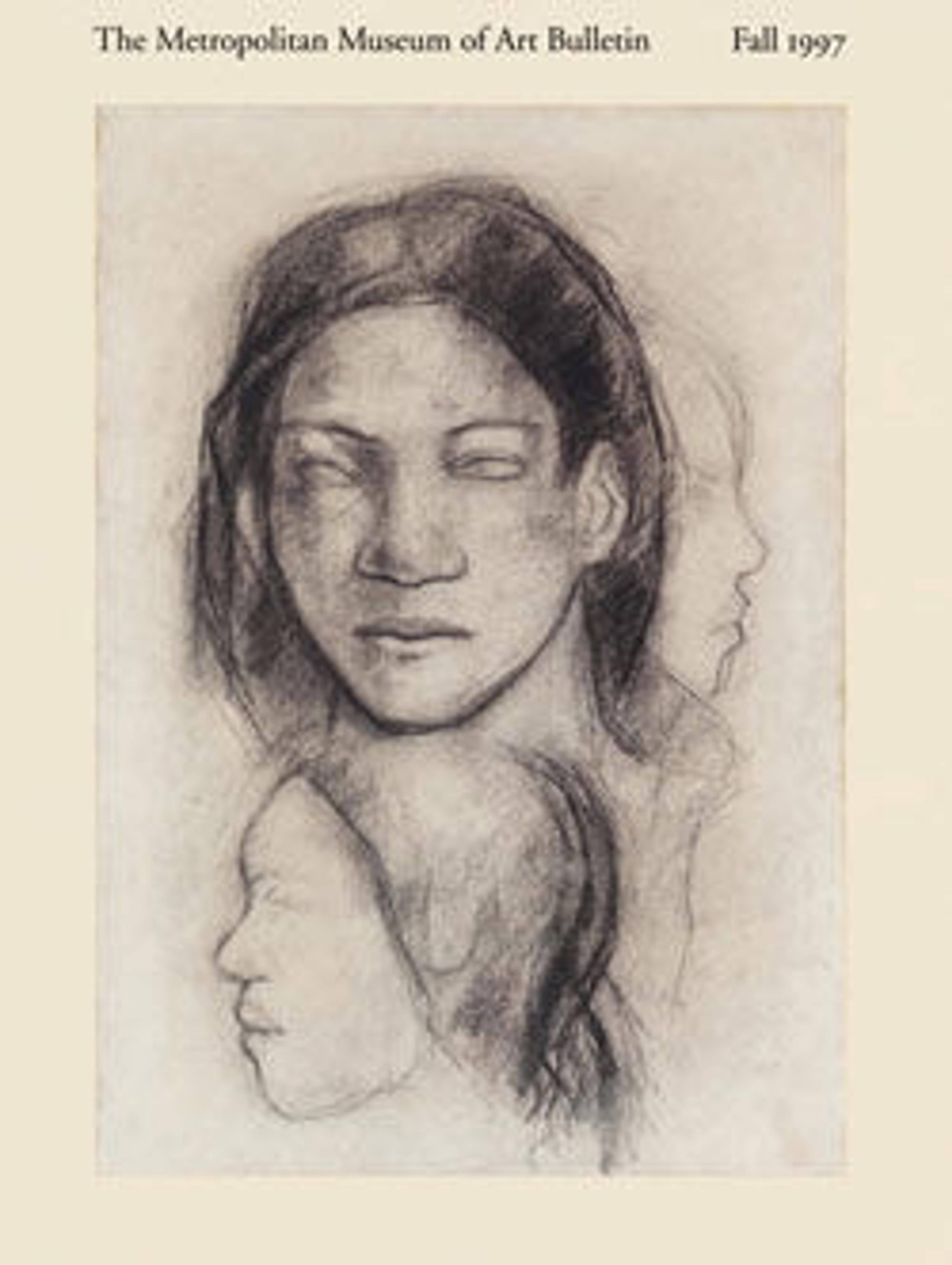The Crucifixion
Uccello is best known for his battle scenes for the Medici palace and for frescoes in the cloister of Santa Maria Novella, Florence; however, he also painted small devotional panels. This portable triptych includes the depiction of a nun of the Brigitine order at the foot of the cross, identified by an inscription as Sister Felicity (possibly Felicita di Francesco Casavecchia, who joined the order in January 1455, which is about the date of the painting). The triptych was painted for her private devotions in her cell at the Brigitine convent of Santa Maria del Paradiso near Florence.
Artwork Details
- Title: The Crucifixion
- Artist: Paolo Uccello (Paolo di Dono) (Italian, Florence 1397–1475 Florence)
- Date: probably mid-1450s
- Medium: Tempera on wood, gold ground
- Dimensions: Shaped top, central panel, overall, with engaged frame, 18 x 11 in. (45.7 x 27.9 cm); central panel, painted surface 16 1/2 x 9 1/2 in. (41.9 x 24.1 cm); left wing, overall, with engaged frame, 18 x 5 5/8 in. (45.7 x 14.3 cm); left wing, painted surface 16 1/2 x 4 1/4 in. (41.9 x 10.8 cm); right wing, overall, with engaged frame, 18 x 5 1/4 in. (45.7 x 13.3 cm); right wing, painted surface 16 1/2 x 3 3/4 in. (41.9 x 9.5 cm)
- Classification: Paintings
- Credit Line: Bequest of Lore Heinemann, in memory of her husband, Dr. Rudolf J. Heinemann, 1996
- Object Number: 1997.117.9
- Curatorial Department: European Paintings
More Artwork
Research Resources
The Met provides unparalleled resources for research and welcomes an international community of students and scholars. The Met's Open Access API is where creators and researchers can connect to the The Met collection. Open Access data and public domain images are available for unrestricted commercial and noncommercial use without permission or fee.
To request images under copyright and other restrictions, please use this Image Request form.
Feedback
We continue to research and examine historical and cultural context for objects in The Met collection. If you have comments or questions about this object record, please contact us using the form below. The Museum looks forward to receiving your comments.
